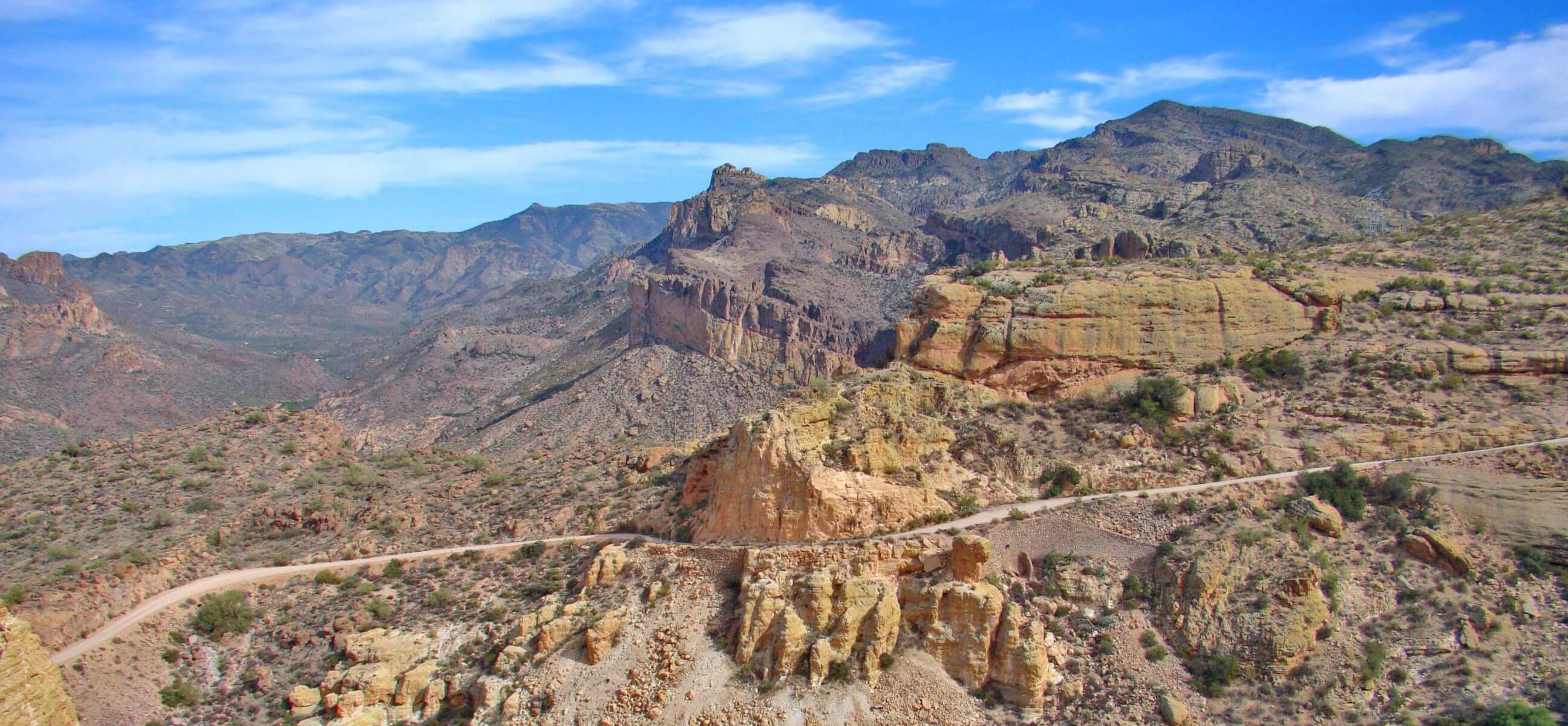Reduce Disaster Recovery Costs with Resilient Infrastructure
October 10, 2025

Across the United States, extreme weather is striking more often and with greater intensity. According to NOAA’s National Centers for Environmental Information (NCEI), the United States has experienced 403 weather and climate disasters since 1980, each causing at least $1 billion in damage and totaling more than $2.9 trillion in losses.
These frequent events pose recurring financial, social and infrastructure burdens. Each emergency repair strains budgets and disrupts daily life. To protect both communities and economies, agencies need to shift from reacting after disasters to designing infrastructure built to endure them.
The Cost of Waiting
Reactive repairs come at a heavy price. When addressing repairs to transportation infrastructure, crews must mobilize quickly, materials cost more and every closure limits economic activity. Roads or bridges are often quickly rebuilt to meet existing specifications, leaving infrastructure vulnerable to the next event and locking agencies into an expensive cycle of damage and repair. Proactively investing in resilient infrastructure costs less over time and keeps people and goods moving, even during extreme weather conditions.
What Stanley Consultants Brings
Stanley Consultants pairs Resilient Analytics’ climate resilience expertise with the engineering and planning skills needed to turn risk data into action. Our teams provide:
- Climate and hazard modeling through our in-house Resilient Analytics team to identify vulnerabilities and help engineers design for future conditions.
- Infrastructure consulting to integrate funding strategies, asset planning and long-term investment decisions.
- Power generation and transmission engineering services that improve grid reliability and system resilience, expand capacity and integrate renewable energy sources.
- Transportation planning, design and engineering services to guide resilient growth for entire networks. This combination of analytics and engineering empowers owners with infrastructure that stands up to today’s demands and tomorrow’s hazards.
Resilience in Action: Arizona’s Apache Trail
The need for resilience became clear when wildfire and flooding struck State Route 88, the historic Apache Trail through Arizona’s Superstition Mountains. After the Woodbury Fire stripped vegetation from steep slopes, heavy rains triggered debris flows. Culverts failed, slopes collapsed and long stretches of this iconic corridor closed.
The Arizona Department of Transportation turned to Stanley Consultants and Resilient Analytics for help. The team modeled how future fires and extreme storms would stress the corridor and pinpointed areas most vulnerable to erosion, slope failure and drainage overload. With those findings, engineers designed improvements that strengthened the roadway while preserving its historic character. Upgraded drainage now carries post-fire runoff and slopes and rockfall areas are stabilized without altering the trail’s distinctive identity.
Although the work began as a recovery effort, it created a blueprint for long-term resilience and lowered the cost of future disruptions.
Planning Ahead Protects Budgets & Communities
Communities everywhere face the same choice. They can continue to react to every flood or wildfire and pay more in reactive repairs, or they can proactively invest in resilient infrastructure that protects access and economic activity for decades. The Apache Trail shows that even a project that starts with disaster recovery can become an opportunity to design for future challenges.
Resilient infrastructure is more than good engineering; it is smart economics and responsible community stewardship. Stanley Consultants and its Resilient Analytics team combine advanced climate analytics with proven engineering and planning to help agencies move from reacting to disasters to preparing for them, creating systems that serve communities for decades.
Contact us to explore how our multidisciplinary teams can help your organization plan and build a resilient future for your community.